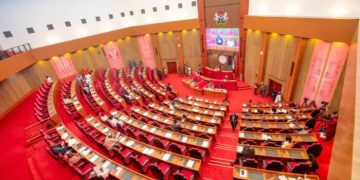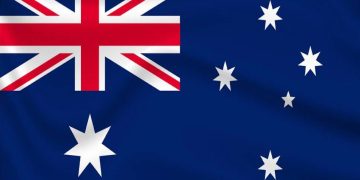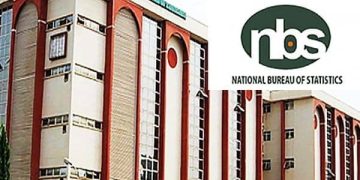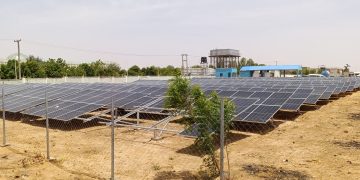Nigeria’s inflationary environment showed signs of easing in August 2025 as headline inflation slowed to 20.12 percent year on year, compared to 21.88 percent recorded in July 2025, according to the latest Consumer Price Index (CPI) report released by the National Bureau of Statistics (NBS). This marks the fifth consecutive month of moderation in the country’s inflation trajectory, providing cautious optimism that price pressures are gradually stabilizing.
Headline Inflation: Signs of Relief
The headline inflation figure represents a year-on-year slowdown of 1.76 percentage points from July, reflecting improved price stability across key consumer categories. On a month-on-month basis, headline inflation rose by 0.74 percent in August, which is lower than the rate recorded in previous months. This indicates that while prices continue to rise, the pace of growth is slowing down.
Analysts suggest that the moderation can be attributed to a combination of tighter monetary policy by the Central Bank of Nigeria, a relatively stable exchange rate in recent weeks, and seasonal adjustments in agricultural output that have reduced some supply pressures.
Food Inflation: The Achilles Heel
Food inflation remains the most critical concern for households and policymakers. The NBS report showed that year-on-year food inflation stood at 21.87 percent in August, slightly lower than the 22.74 percent recorded in July. However, month-on-month food inflation increased by 1.65 percent, showing that the prices of staple commodities such as rice, bread, yam, garri and vegetables are still rising.
This increase is largely driven by supply-side challenges including high transportation costs, insecurity in key food-producing regions, and weather disruptions that continue to affect agricultural productivity. For many Nigerian households who spend more than half of their income on food, the sustained rise in prices continues to erode purchasing power and heighten concerns about food security.
Core Inflation: Excluding Food and Energy
Core inflation, which excludes volatile items such as food and energy, also presented mixed signals. The NBS reported that year-on-year core inflation stood at 20.33 percent in August, a slight decline compared to July. On a month-on-month basis, core inflation increased by 1.43 percent, reflecting steady pressures in housing, transportation, healthcare and utilities.
This suggests that while headline inflation is slowing, structural inflationary pressures in service sectors and energy-related costs remain significant.
Broader Implications for the Economy
The August inflation figures present a complex picture for Nigeria’s economic outlook. The steady decline in headline inflation offers some relief for policymakers and could eventually create room for the Central Bank of Nigeria to reconsider its aggressive monetary tightening. However, the persistence of food inflation highlights deep-seated challenges within the economy.
Structural issues such as weak agricultural supply chains, poor storage facilities, insecurity in rural areas, and high logistics costs continue to drive food price volatility. Without targeted interventions to strengthen food production and distribution systems, food inflation is likely to remain elevated even if headline inflation continues to moderate.
What to Watch Going Forward
Monetary policy is expected to remain cautious as the central bank balances inflation control with the need to support economic growth in an environment of weak consumer spending. The exchange rate will remain a key factor given Nigeria’s dependence on imports, as fluctuations can quickly translate into higher consumer prices. Agricultural output in the coming harvest season will also be crucial, as a strong yield could help ease food prices, while insecurity or flooding risks may worsen supply shortages. Global energy market dynamics will also play a role in shaping future inflation outcomes since higher oil and gas prices could push transportation and production costs upward, influencing core inflation.
Nigeria’s inflation rate easing to 20.12 percent in August 2025 marks progress in the fight against rising prices, but the resilience of food and core inflation underscores the fragility of this progress. For households, the cost of living crisis remains acute, particularly in food markets. For policymakers, the challenge is to sustain the disinflationary trend without stifling economic recovery, while addressing structural bottlenecks in agriculture, energy and logistics that continue to drive inflationary pressures across the country.






















































